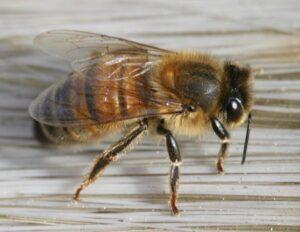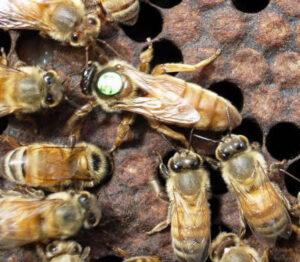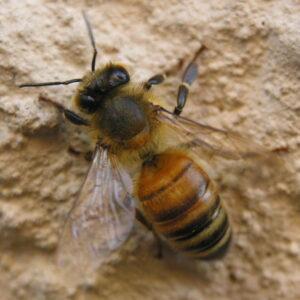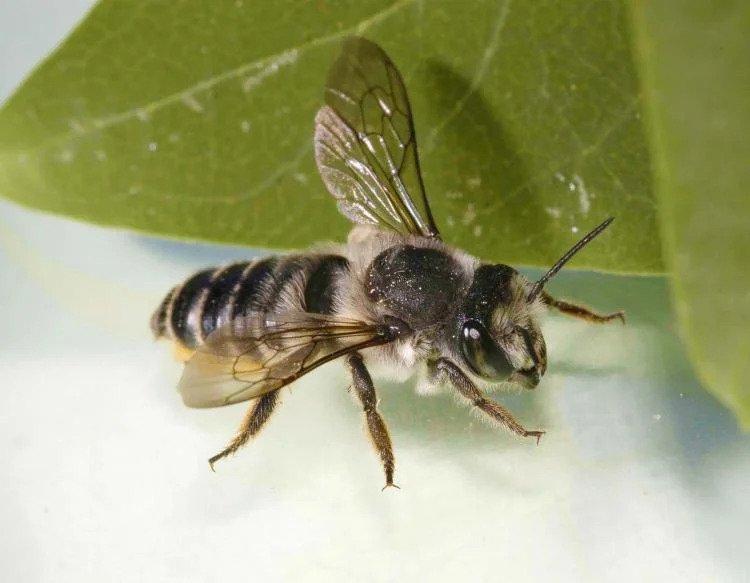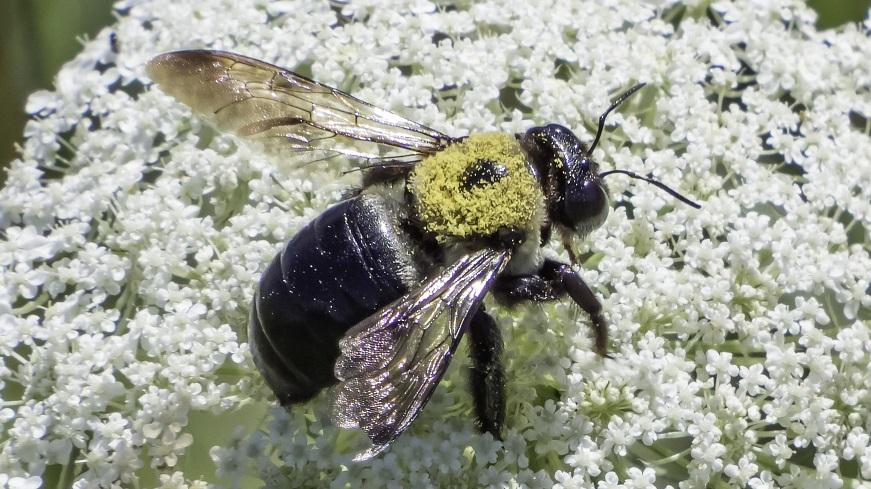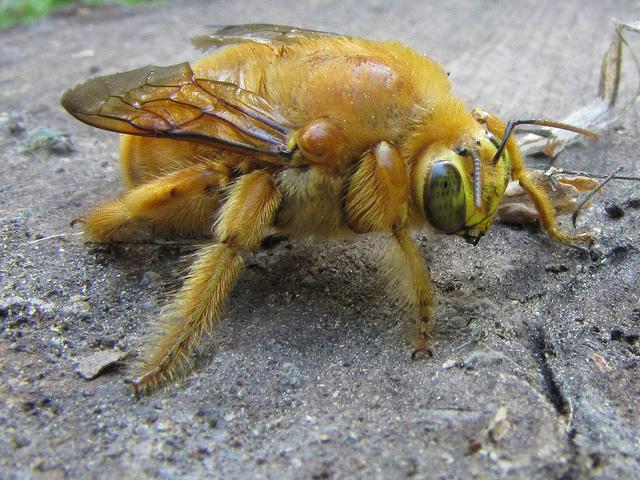Italian Bee (Apis mellifera ligustica)
Updated on
28/10/2022Italian honeybees are a subspecies of the common domesticated bees, the western honey bee (Apis mellifera). They are arguably the most popular type among beekeepers around the world.
Originally from Italy, these bees were first introduced to Britain in 1859 by the English beekeeper Thomas White Woodbury.
Scientific Classification
- Class:Insecta
- Order:Hymenoptera
- Family:Apidae
- Genus: Apis
- Species:A. mellifera
- Subspecies:A. m. ligustica
Conservation Status
What Do They Look Like
They are lighter in color than many other bees, with the base color varying from ‘Leather’ to pale yellow (‘Cordovan’) and a vibrant dark yellow (‘Golden’). The belly is marked with yellow and brown stripes. The queen bees have a slightly darker coloration.
Relatively small in size, the overhairs of the Italian honeybees are shorter than that of darker bee types. Their tongue is 6.3-6.6 mm long, while the mean cubital index ranges between 2.2 and 2.5.
Distribution: Originating from Continental Italy, they have been introduced
throughout the world, including Germany, the US, UK, Russia, Australia, and New Zealand
Habitat: Domesticated; can adapt to various habitats
Do They Bite/Sting: Yes; though they are less aggressive than most other bees, they will sting if threatened
Lifespan: Queen bees – several years; workers – around 6 weeks; drones – about 8 weeks
Predators: Wasps, hornets, parasitic mites, animals like skunks and bears.
Behavior and Characteristics
Temperament
The primary reason for their popularity among beekeepers is their gentle and docile temperament, making them easy to handle and work with. However, this makes them susceptible to hive beetles and hornets.
Diet and Nectar-gathering
Italian bees are active foragers, with flower nectar and pollen comprising their diet. They are good at adapting to different climates.
These bees are more active during warmer days and prefer not to gather nectar during cool, overcast days. As a result, they produce less amount of honey in habitats with colder springs. They are known to keep their hives clean by themselves, which is another reason for their popularity as domestic bees.
Wintering
These bees must keep large colonies in winter to produce enough hive warmth to survive the cold. As a result, they will feed through more stored honey and pollen during this period.
Swarming
They swarm under certain conditions and only into the second year in a hive – usually towards the end of spring and summer.
Their poor sense of direction may often make them drift to another colony and ‘rob’ them (a beekeeping term meaning bees stealing honey from other hives).
Their swarming habit is one of the characteristic features that distinguish them from another common species, the Carnelian bees, which swarm during their first year in a hive.
Source
animal.photos, glenn-apiaries.com, bugguide.net, indiamart.com, beeinformed.org, live.staticflickr.com




